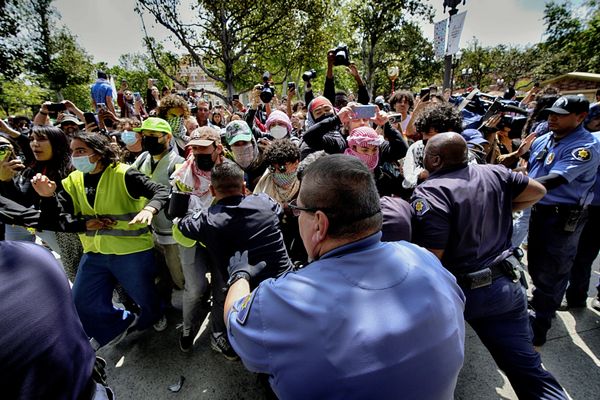Warning that widespread closures of educational facilities present an unprecedented risk to children’s education and well-being, the U.N. agencies have laid down guidelines for reopening of schools that have been closed in most parts of the world due to the COVID-19 outbreak. According to the guidelines framed by UNESCO, UNICEF, World Bank and the World Food Programme, the best interests of children and overall public health considerations, based on an assessment of the associated benefits and risks to education, public health and socio-economic factor, must be central to national and local authorities’ decisions to reopen schools.
Also read | Over 154 cr. students hit by closure of schools, girls to be worst hit, says UNSECO
The guidelines note that while there is not enough evidence yet to measure the impact of school closures on the disease transmission rates, the adverse effects of school closures on children’s safety and learning are well documented. Gains made in increasing access to children’s education in recent decades risk being lost and, in the worse cases, reversed completely.
As per UNESCO estimates, over 154 crore students are severely impacted by closure of educational institutions across the world amid the COVID-19 outbreak.
“Widespread closures of educational facilities in response to the COVID-19 pandemic present an unprecedented risk to children’s education and well-being, particularly for the most marginalised children who rely on school for their education, health, safety and nutrition.
Also read: Comment | Higher Education post-COVID-19
“Schools do much more than teach children how to read, write and count. They also provide nutrition, health and hygiene services; mental health and psychosocial support; and dramatically reduce the risk of violence, early pregnancy and more.
“And it’s the most vulnerable children who are the hardest hit by school closures, and we know from previous crises that the longer they are out of school, the less likely they are to return,” the guidelines read.
According to a UNESCO representative, the guidelines aim to inform the decision-making process regarding school reopening, support national preparations and guide the implementation process, as part of overall public health and education planning processes.
Also read | Virus leaves 290 million students out of school
“It is designed to be a flexible tool that can be adapted to each context and updated as the situation changes. The guidelines outline six key priorities to assess the readiness of those schools and inform planning,” she said.
As the countries grapple with when to reopen schools, UNESCO, UNICEF and WFP, as part of the Global Education Coalition, have urged governments to assess the benefits of classroom-based instruction compared to remote learning, and the risk factors related to reopening of schools, noting the inconclusive evidence around the infection risks related to school attendance.
Stefania Giannini, UNESCO’s Assistant Director-General for Education, had told PTI in an interview that shutting down of schools due to the COVID-19 pandemic comes with a warning of “potential for increased drop-out rates that will disproportionately affect adolescent girls, further entrench gender gaps in education and lead to increased risk of sexual exploitation, early pregnancy and early and forced marriage”.
In India, the Ministry of Human Resource Development (HRD) is formulating safety guidelines to be followed whenever classroom learning is resumed.
New seating matrix, staggered classes, different mess and library rules, revamped hostels and canteens, could be part of students’ socially distant lives in schools and colleges when they return.
Universities and schools across the country have been closed since March 16 when the central government announced a countrywide classroom shutdown as one of the measures to contain COVID-19.
More than 3.6 million cases of coronavirus, including at least 257,000 deaths, have been recorded worldwide, according to Johns Hopkins University.






